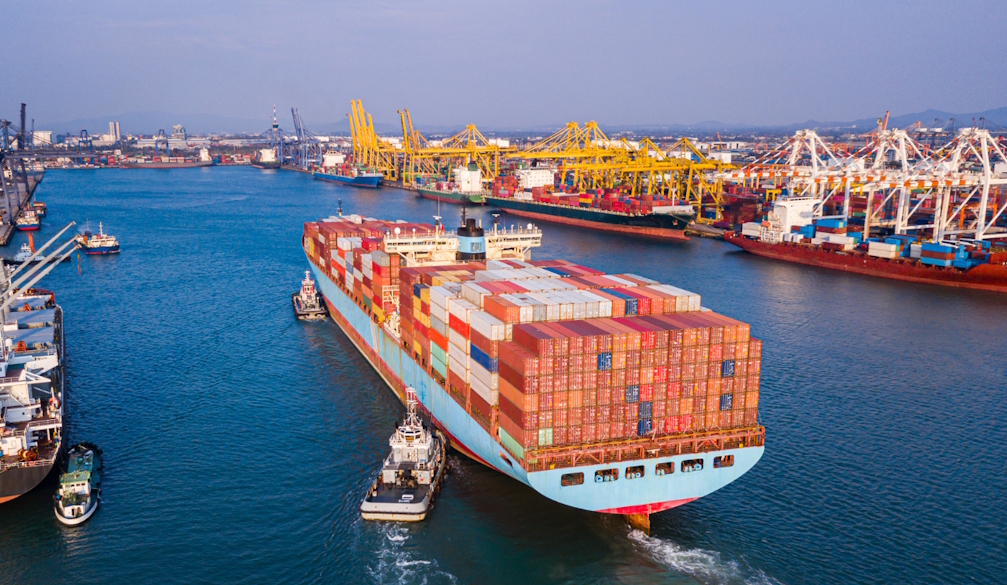Woolworths chief Brad Banducci couldn’t give senators his company’s ‘return on equity’. What exactly is this figure, and what can it tell us about a company’s profit?
- Written by Sean Pinder, Associate Professor, Finance , The University of Melbourne

During yesterday’s senate inquiry into supermarket pricing, Greens senator Nick McKim threatened[1] to hold outgoing Woolworths chief executive Brad Banducci in contempt for refusing to directly answer questions about the company’s profitability.
McKim repeatedly asked Banducci for details about Woolworths’ return on equity, but the chief executive argued that another profitability metric – return on investment – was the better measure to focus on.
For Woolworths, the difference between these figures is significant. At the senate hearings, Banducci repeatedly said the company’s return on investment was about 10%. But analytics firm LSEG’s estimates[2] put its return on equity at 26%.
So what’s the difference between these two measures? And in the highly charged setting of an inquiry into supermarket pricing, why might Woolworths prefer to focus on one over the other?
How do we judge profitability?
First, let’s consider what both measures are trying to capture – the company’s profitability.
Of course, we could dodge the “which ratio is better” issue altogether, by simply referring to the company’s actual reported profit[3] last year. But this then raises another question. With a wide range to choose from, which profit figure should we look at? Before or after interest payments? Before or after tax?
As these answers change, the profitability of Woolworths varies significantly, ranging from about A$5.7 billion before interest and tax, to a more modest A$1.6 billion after interest and tax.
If we assume we’re interested in the company’s profitability after interest and tax, we still need to assess whether a profit of $1.6 billion is high, low or perfectly average for a firm like Woolworths.
Scaling and comparing profits
The way this is solved in markets, of course, is that profits are scaled. Scaling involves dividing a company’s profit by a measure that reflects the amount of investment required to generate it, enabling us to compare profitability among competing firms.
To do so, it is important to understand that firms raise capital – on which they earn a return – in two main ways: by raising equity (such as shares issued privately or on a stock exchange) and by taking on debt (funds borrowed from banks and other creditors).
Both return on equity and return on investment are scaled measures of profitability. But return on equity divides a company’s income by the total value of its equity, while return on investment divides it by the total value of all capital employed – both its equity and its debt.
As such, each measure gives a correct answer to a different question.
Return on investment is answering the question: what rate of return did your assets generate from each dollar of capital raised from both shareholders and debtholders?
Whereas return on equity answers: what rate of return did you generate for shareholders after accounting for the impact of your debt and taxes?
The income earned for shareholders by a firm holding debt is what’s left over after interest is paid on that debt. Provided the firm’s assets generate a higher rate of return than the interest rate paid on the firm’s debt, shareholder returns will be higher than if the company had not borrowed at all. This effect is significant for Woolworths shareholders, given the investment-grade rating[5] it enjoys on its debt.
The disparity between return on investment and return on equity grows even larger as a company relies more heavily on borrowing – a practice long enjoyed by companies like Woolworths and Coles with such historically low risk.
Facing an increasingly hostile Senate Inquiry into his company’s profitability, it’s little surprise that Banducci pushed so enthusiastically for the adoption of his preferred measure.
Read more: Supermarkets need to change the way they operate in Australia. But how do we get them to do this?[6]
References
- ^ threatened (www.smh.com.au)
- ^ analytics firm LSEG’s estimates (www.lseg.com)
- ^ actual reported profit (www.woolworthsgroup.com.au)
- ^ anystock/Shutterstock (www.shutterstock.com)
- ^ investment-grade rating (www.woolworthsgroup.com.au)
- ^ Supermarkets need to change the way they operate in Australia. But how do we get them to do this? (theconversation.com)
Authors: Sean Pinder, Associate Professor, Finance , The University of Melbourne















